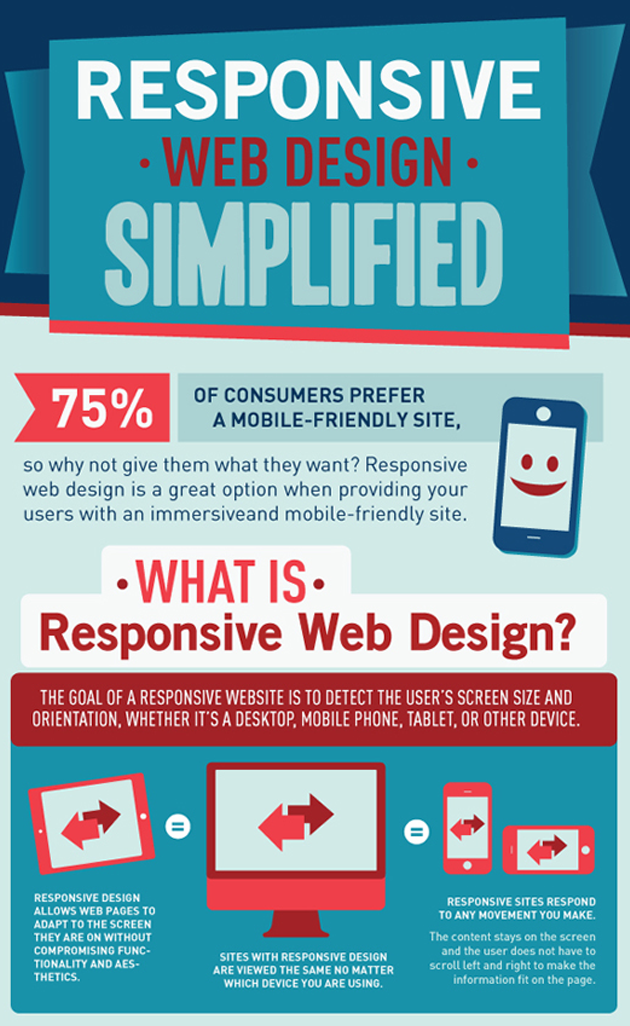Utilizing The Power Of Visual Pecking Order In Site Style
Utilizing The Power Of Visual Pecking Order In Site Style
Blog Article
Post Written By-Hamann Hodge
Picture an internet site where every aspect completes for your interest, leaving you feeling bewildered and unclear of where to focus.
Now image a site where each element is meticulously organized, guiding your eyes effortlessly through the web page, supplying a seamless customer experience.
The distinction hinges on the power of visual power structure in site design. By purposefully arranging and focusing on elements on a webpage, designers can create a clear and instinctive course for individuals to comply with, ultimately boosting interaction and driving conversions.
But how specifically can you harness this power? Join us as we check out the concepts and strategies behind efficient aesthetic pecking order, and find exactly how you can boost your website design to new heights.
Understanding Visual Pecking Order in Website Design
To effectively communicate details and guide customers through an internet site, it's important to recognize the idea of visual pecking order in web design.
Aesthetic power structure refers to the setup and company of components on a web page to stress their value and develop a clear and user-friendly user experience. By establishing a clear aesthetic pecking order, you can direct users' interest to the most important info or activities on the web page, enhancing usability and involvement.
This can be attained via various design techniques, including the critical use dimension, shade, comparison, and positioning of components. For instance, larger and bolder components typically attract more attention, while contrasting shades can create aesthetic comparison and draw focus.
Principles for Efficient Aesthetic Power Structure
Understanding the principles for reliable visual hierarchy is necessary in producing a straightforward and appealing web site style. By following these concepts, you can make sure that your internet site effectively communicates details to customers and overviews their interest to one of the most crucial elements.
One principle is to make use of size and range to develop a clear aesthetic hierarchy. By making vital components bigger and much more noticeable, you can accentuate them and guide individuals through the material.
One more principle is to use comparison successfully. By using contrasting shades, font styles, and shapes, you can create aesthetic distinction and highlight important details.
Additionally, the concept of distance recommends that associated components should be grouped together to visually attach them and make the web site extra arranged and simple to navigate.
Implementing Visual Hierarchy in Site Design
To implement visual hierarchy in internet site design, focus on important aspects by changing their size, shade, and setting on the web page.
By making key elements bigger and more noticeable, they'll normally draw the customer's focus.
Usage contrasting colors to produce aesthetic contrast and emphasize crucial info. For example, you can use a vibrant or lively shade for headings or call-to-action switches.
In addition, consider the placement of each component on the web page. Place i need a website designer on top or in the center, as customers have a tendency to focus on these locations first.
Final thought
So, there you have it. Visual hierarchy resembles the conductor of a harmony, assisting your eyes through the website design with finesse and style.
It's the secret sauce that makes a website pop and sizzle. Without it, your design is simply a jumbled mess of random components.
However with https://zionqlfbu.win-blog.com/10383195/top-5-digital-advertising-and-marketing-trends-to-see-in-current-year , you can develop a masterpiece that gets attention, interacts efficiently, and leaves an enduring perception.
So leave, my friend, and harness the power of aesthetic power structure in your web site layout. Your audience will thank you.
